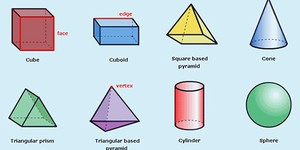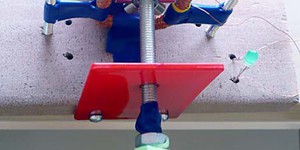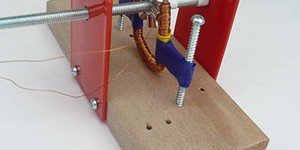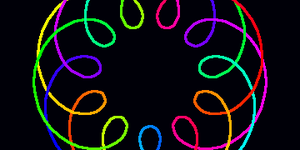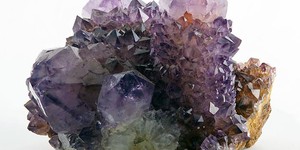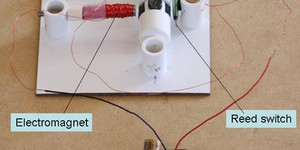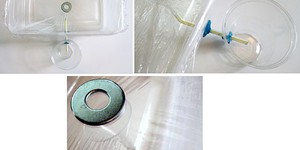Others Like “Making Patterns with Rubik's Cube” (top 20 results)
|
In this project, you will make 2-dimensional templates, called nets, that fold up into 3-dimensional (3-D) shapes. By making shapes of different sizes, you will be able to see how 3-D shapes change with size. Which property (or aspect) will change the most: the length of an edge, the surface area, or the volume?
Read more
The electricity in your home probably comes from a power plant, but did you know that you can actually generate your own electricity? Wondering what it would take to light up a small light? This is your chance! In this electronics science project, you will build your own electric generator and investigate how to light up not just one, but two lights.
Read more
The electricity you use to power everyday devices is generated by electrical generators. These fascinating and powerful machines rely on magnets to function. Though they might seem extremely complicated, once you finish this science project, you will understand how, why, and when they generate electricity.
You will build your own generator, make small changes in how exactly the magnets are placed, and test when moving magnets generate electricity.
Read more
Have you ever used a toy like a Spirograph® to draw precise, repeatable patterns on a piece of paper? What if you could use a computer to automatically draw the patterns for you? This project will show you how to do just that using
a Raspberry Pi.
Check out the video to see what this simple, but fun, project looks like:
Read more
Did you know that you can figure out how much sugar is in a liquid without ever tasting it? In this science fair project, you will learn how to measure the concentration of sugar dissolved in a liquid by using a laser pointer, a hollow prism, and some physics. You will discover how refraction, or the bending of light, is the key to measuring the sugar content of a liquid with a laser pointer.
Read more
What do sand and cereal have in common? They are both granular materials, which means they are made up of solid particles, but they can actually flow like liquid. When two granular materials with very different-sized particles are mixed, you can actually separate each type by putting them in a rotating device called a tumbler. In this science project, you will examine how common household granular materials behave when mixed together in a moving container
Read more
Do you ever wonder how markers are made? Where do all of those colors come from? Many of the colorful dyes we use come from plants. Could you create vibrant colored natural dyes? Could you turn these dyes into art supplies? You can! In this science project, become a scientist and engineer and make your own marker using homemade plant dye!
Read more
Have you ever heard the expression, "You can't judge a book by its cover"? What do you think that means? That a book with a very plain cover might have a very exciting and interesting story inside? Well, in this geology science project, you'll see if the same expression holds true for a rock, but not just any old rock, a special type of rock called a geode, which looks rather plain and ordinary on the outside, but inside can hold crystals and beautiful colors! You'll discover if the texture or…
Read more
Motors are used in many things you find around your house, like your refrigerator, coffee maker, and even a lawn mower. In this electronics science fair project, you will get to build a simple motor, using a kit, and then test how the number of batteries (amount of voltage) used to power the motor affects its performance.
Read more
How can seawater from the oceans be turned into fresh water that is suitable for people to drink? Through a process called solar desalination! In this science project, you will make a solar desalination apparatus using readily available materials, and a power source that is free. How much water can the device produce, and is it still salty at all? What factors affect how effectively saltwater is turned into fresh water?
Read more
|
Explore Our Science Videos
Ball Launcher: 2018 Engineering Challenge
Volleyball Machine: 2019 Engineering Challenge
Make a Thermometer - STEM Activity


